
How Holland Bloorview healthcare providers, researchers are making a big impact in STEAM
Healthcare providers and researchers are making a positive impact on the lives of children and youth living with complex medical conditions everyday through client care and research.
To collectively commemorate International Day of Women and Girls in Science today, healthcare professionals, scientists and research trainees reflect on their career in STEAM (science, technology, engineering, arts, math) and how they would like to inspire future generations of scientists:
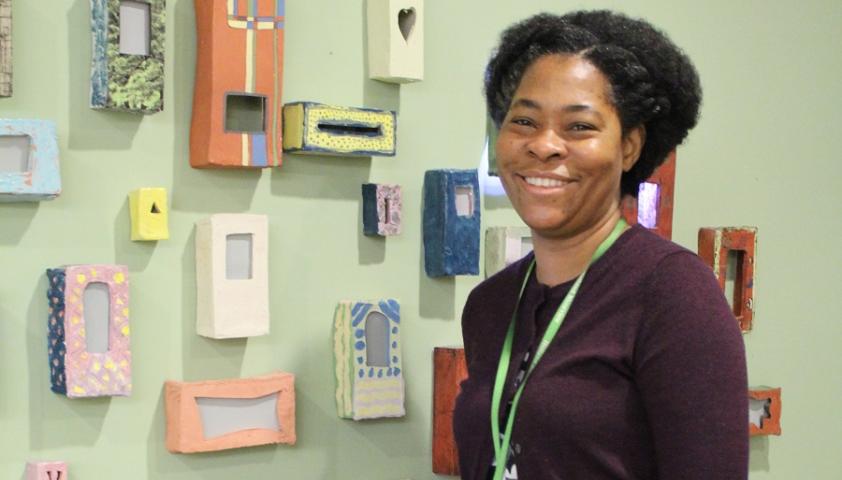
Dr. Sharon Smile(pronouns: she | her)
Developmental pediatrician and clinical study investigator
Cool fact:
To support children/youth and their families, Dr. Smile and her research team recently launched ASD-FEED-Edu, on an online parent education platform that covers common topics around feeding challenges in the context of autism spectrum disorder. They’re excited about this free, evidence-based online tool because it enables more families to access medical information regardless of where they live.
What motivated you to pursue a career in STEAM?
I learnt early in life if there is any hope in changing the present, you have to invest in and shape those who are the future. So that their ‘present’ will be better.
What is your message to the next generation of scientists?
Be Bold, embrace the unknown, and give it life and meaning when you meet it.
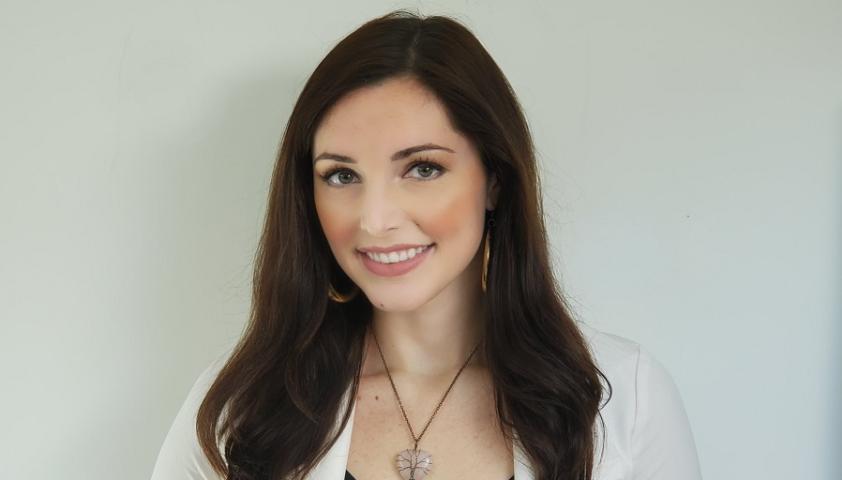
Stefanie Bradley (pronouns: she | her)
PhD student, PRISM Lab
Program: University of Toronto’s biomedical engineering program with a specialization in neuroscience
Cool fact: Stefanie is the first graduate student at the BRI to work with an exoskeleton, a wearable technology powered by robotics, to help her study brain and muscle changes in children with neuromotor conditions.
What motivated you to pursue a career in STEAM?
The biggest motivator for pursuing my PhD is curiosity – exploring questions and discovering novel evidence, techniques, ideas and answers. I love the idea of bridging different scientific/engineering disciplines and leaving behind something that wouldn’t have existed otherwise.
What is your message to the next generation of scientists?
Curiosity and passion for research transcends discipline. My research career has transitioned from molecular biology/epigenetics to regenerative/stem cell biology, and finally to biomedical engineering and neuroscience – follow your passions wherever they take you.
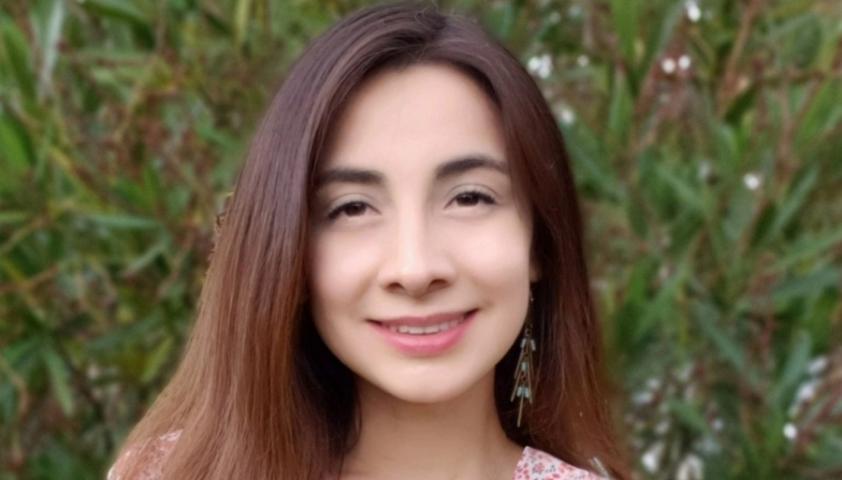
Natalia Molano Camargo (pronouns: she | her)
PhD student, PRISM Lab
Program: University of Toronto’s biomedical engineering program
Cool fact: In 2018, Natalia co-founded Girls Change Latin America, a non-profit organization that is dedicated to encouraging children to learn about STEM through open-source educational platforms, technologies and inclusive pedagogical programs. Her current research at the PRISM Lab is focusing on brain-controlled educational robotics within the PRISM Lab.
What motivated you to pursue a career in STEAM?
I think that STEAM aimed at a social purpose is blissful. I decided to pursue engineering to strengthen my skills and to contribute to Girls Change Latin America, which its mission is helping girls from rural areas in STEAM.
What is your message to the next generation of scientists?
Most challenges for communities are found in the Sustainable Development Goals (SDGs). Dreams oriented to SDGs and filled with kindness and STEAM knowledge contributes to the protection of humanity and the planet.
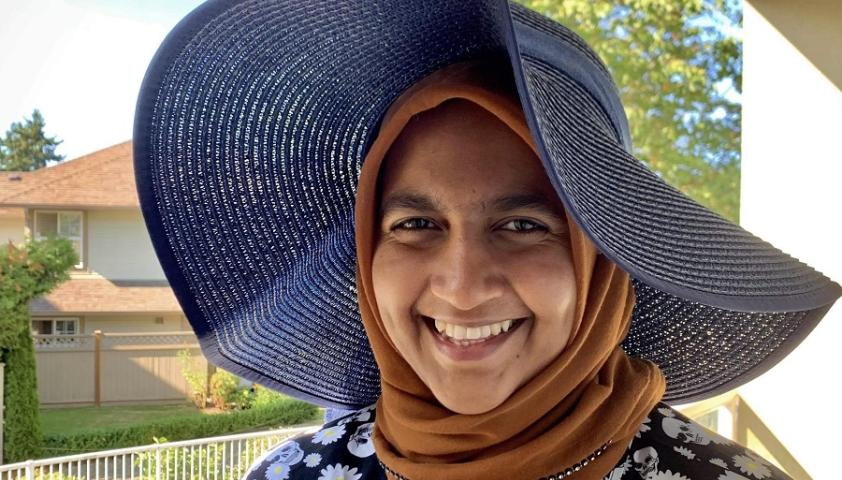
Hafsa Zahid (pronouns: she | her)
PhD candidate, PROPEL Lab
Program:
University of Toronto’s biomedical engineering program
Cool fact:
Imagine a prosthetic hand of the future that makes it possible for the person who uses the prosthesis to touch an object and actually feel a sense of touch as if they were holding the object in their hand! That is Hafsa’s dream; she is exploring non-invasive neural interfacing techniques for providing a sense of touch that feels like natural touch.
What motivated you to pursue a career in STEAM?
I feel like my journey so far has been a constant swinging between the questions of "Why?" and "How?". Science answers why things are the way they are, and engineering gives me the tools to figure out how to make things even better.
What is your message to the next generation of scientists?
There are so many things out there to explore, so many discoveries to be made, so many inventions to be created, so many lives to be improved, and so many hearts to be touched. Find and own your unique gifts - your superpowers - and change the world one day at a time.
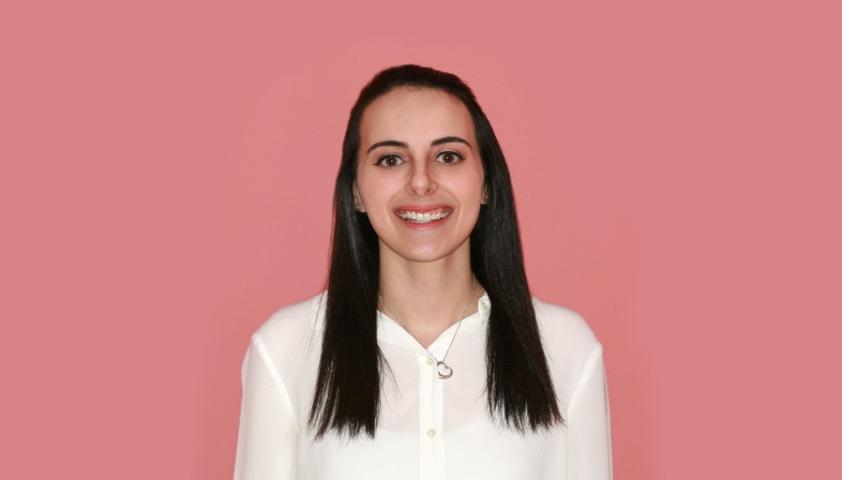
Christine Muscat (pronouns: she | her)
PhD student, CONNECT Lab
Program: University of Toronto, Rehabilitation Sciences
Cool fact:
Christine is excited to collaborate with the University of Toronto and the University of Melbourne International Training Group around childhood stroke outcomes. In particular, her project focuses on how children recovering from a stroke within the Brain Injury Rehabilitation unit at Holland Bloorview can improve their speech and language. She hopes that this research will inform early and personalized assessments and interventions for these clients during their post-stroke clinical treatments.
What motivated you to pursue a career in STEAM?
I have always aspired to pursue a collaborative career that allows me to work with others. As a speech-language pathologist and researcher in the CONNECT Lab, I have opportunities to work clinically with clients while contributing to research that will help advance the field.
What is your message to the next generation of scientists?
You can (and will) overcome any obstacles you may face throughout your journey. There will be challenges along the way, but do not give up; remember to be nice to yourself and give yourself credit!
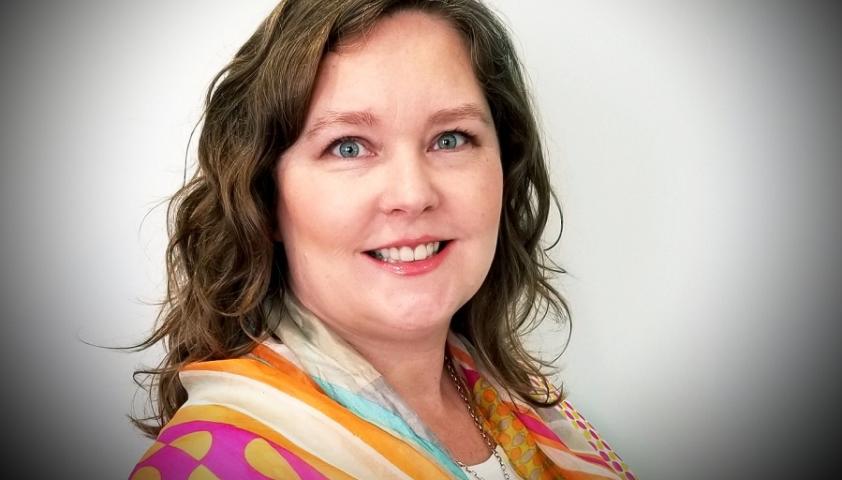
Heather Shearer (pronouns: she | her)
Post-doctoral fellow, CP Discovery Lab
Program: University of Toronto (Defended her PhD in clinical epidemiology from the Institute of Health Policy, Management and Evaluation program in October 2021)
Cool fact: She is researching pain trajectories and how these are associated with well-being, sleep and other health outcomes in children and youth with cerebral palsy.
What motivated you to pursue a career in STEAM?
I always wanted a career in which I could improve others’ health and have a positive impact. My clinical and research training enables me to use evidence-based approaches to focus on patient-centered outcomes.
What is your message to the next generation of scientists?
Pursue your passion. It is so much more meaningful and rewarding to work on something you are truly engaged in.
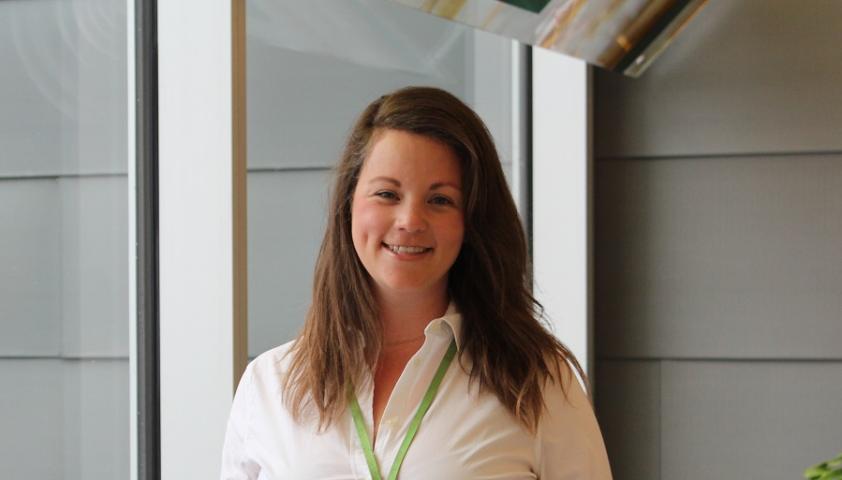
Dr. Shannon Scratch (pronouns: she | her)
Clinician scientist, clinical neuropsychologist and director of the NOvEL Lab
Cool fact:
Dr. Scratch has a few projects where she and her research team worked with youth, families, and clinicians to understand their experiences before they designed an intervention or solution. Involving these groups in the early days of their project ideas have made their designs reflect their needs in a way that makes her proud everyday.
What motivated you to pursue a career in STEAM?
I love that science can be used to creatively solve clinical challenges. It’s exciting to see a gap, challenge, or problem and to try to design a study to help us understand the situation at a deeper level. I’m always surprised about the information we learn and how it sends us down paths we didn’t really see waiting there!
What is your message to the next generation of scientists?
The most rewarding part of my job is working with engaged trainees – if you are an innately curious person, working in STEAM allows you to harness that everyday!